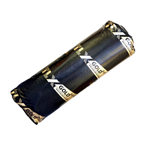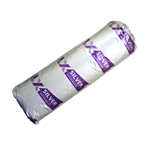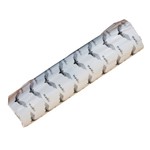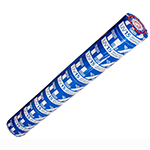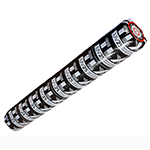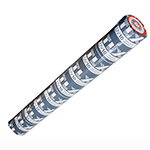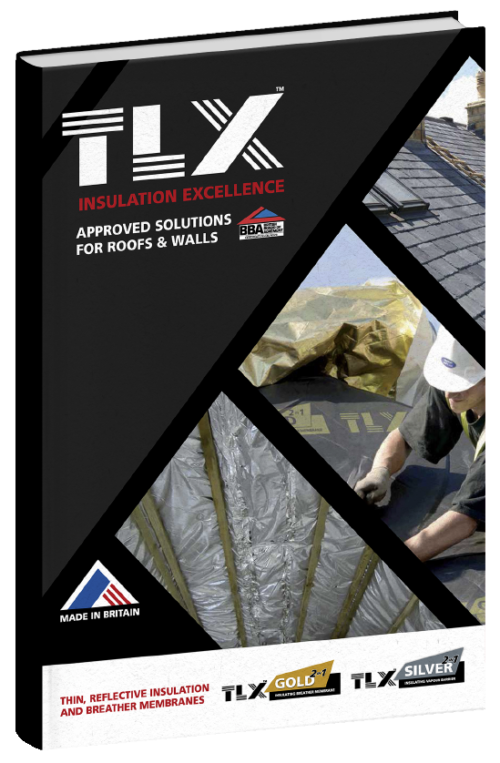Condensation? No worries with TLX Gold
3 Minute read
12-15 litres of water vapour per day!
Once you introduce insulation at rafter level the possibility of condensation occurring within the rafter space arises. A domestic property generates an estimated12-15 litres of water vapour per day. This is from activities such as washing, cooking, etc. And much of this ends up permeating through the plasterboard into the rafter space. In older houses without insulation this moisture would have been swept away by having the rafters ventilated. But now, with the requirement to insulate to 0.18W/m²K things have become quite different.
Because the rooms below are heated, a lot of water vapour can be held in the air. This is measured by the relative humidity. Unless it is prevented from migrating through the plasterboard, by having a vapour-impermeable layer such as polythene, or foil-backed plasterboard, this water vapour will travel to the cold side of the insulation, where at the lower temperature the same concentration of water vapour cannot be maintained – and so condensation occurs. You see this effect on a cold day when the water vapour in your warm breath (which will be at body temperature of 37°C) suddenly meets cold air and condenses into fine droplets.
Vapour barrier on the warm side / breathable material on the cold side
The principle in designing an insulation build up is therefore to have a vapour barrier on the warm side, and use materials that get 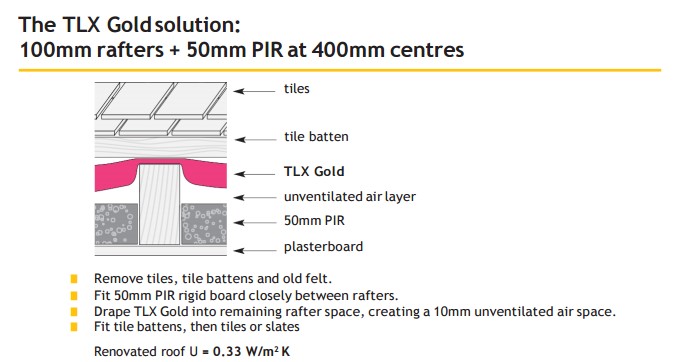 progressively more breathable towards the cold side, usually with a breather membrane as the final waterproofing layer. (‘Breathable’ means allowing water vapour to pass through, not air).
progressively more breathable towards the cold side, usually with a breather membrane as the final waterproofing layer. (‘Breathable’ means allowing water vapour to pass through, not air).
Older properties often don’t have a vapour barrier
Unfortunately many older houses have internal finishes without vapour barriers, eg lath and plaster or wood. Yet these are expected to have the insulation upgraded when reroofing, creating the danger of interstitial condensation. It is particularly worrying when an owner or conservation officer thinks that just by making the insulation breathable, condensation will be avoided. When in fact condensation risk arises because of the insulation.
A fully breathable material
TLX Gold is fully breathable, even the patented shiny underside that reflects heat. It occupies the coldest part of the temperature gradient. So water vapour escapes before it ever gets so cold that condensation would occur. This can be verified in a condensation risk calculation. This measures the temperature and water vapour concentration at each point through the rafter build up. It determines whether a dewpoint would occur. Examples are shown on our website – e.g. our popular 100mm rafter solution with TLX Gold used draped and 50mm of PIR board between. View the full technical solution HERE
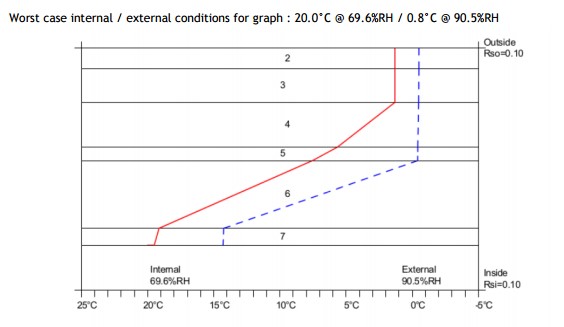 The red line indicates the dewpoint at each point along the temperature profile, and the blue line that the water vapour concentration is with the calculated build up. If the lines do not touch, then condensation will not occur.
The red line indicates the dewpoint at each point along the temperature profile, and the blue line that the water vapour concentration is with the calculated build up. If the lines do not touch, then condensation will not occur.
We have checked this with a more sophisticated model called WuFi, and this also verifies the freedom from condensation risk, even when there are gaps at the side of the PIR board.
More PIR is not always best
Sometimes it is suggested that a better U-value would be achieved by using more PIR instead of TLX Gold, e.g. in a 75mm rafter 50mm PIR may be preferable to TLX Gold and 25mm PIR. However, this overlooks the fact that not only does TLX Gold insulating breather membrane occupy what is usually a 25mm air gap, but its core thermal resistance and the heat-reflecting air gap beneath not only gives equivalent thermal performance but there is no condensation risk.
Never think about insulation without considering condensation! Then think TLX Gold!
Sample Pack Request
Error: Contact form not found.

